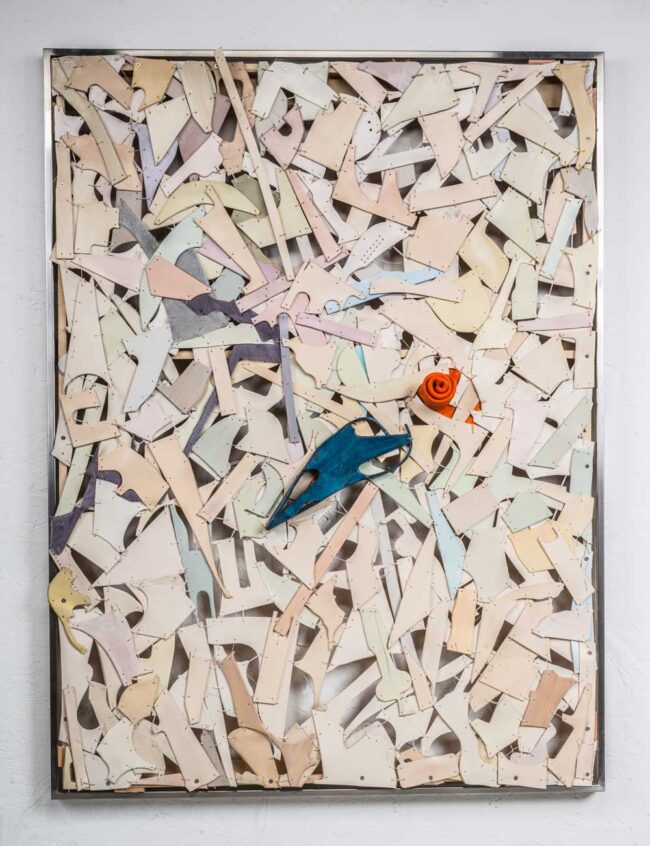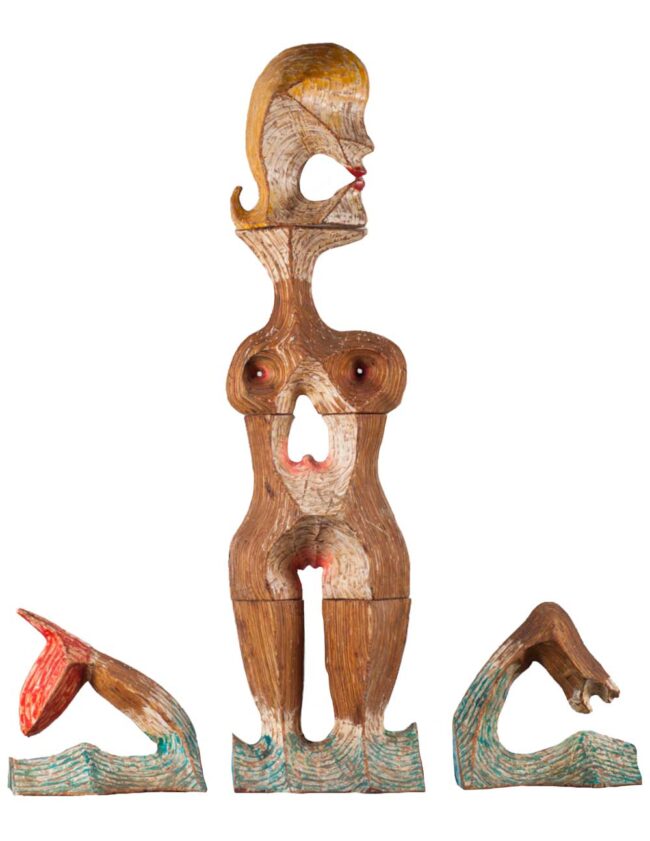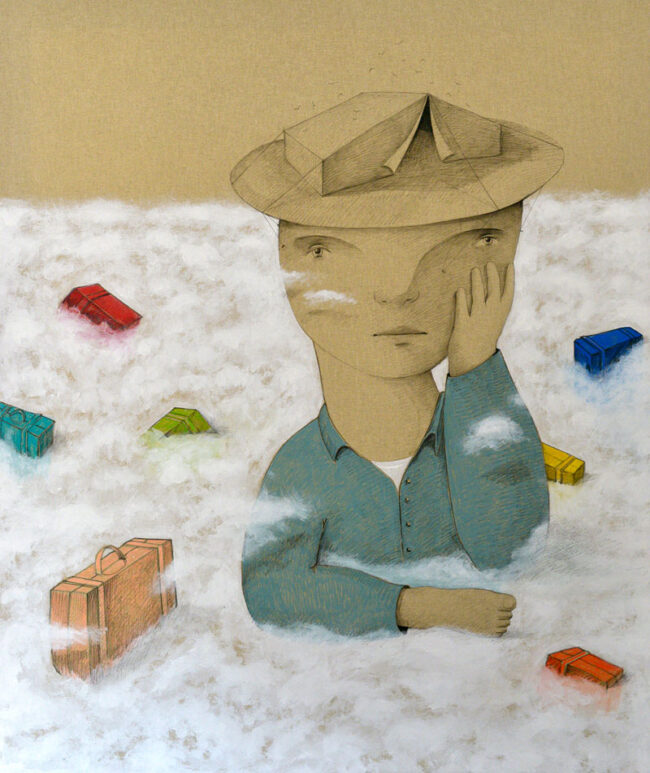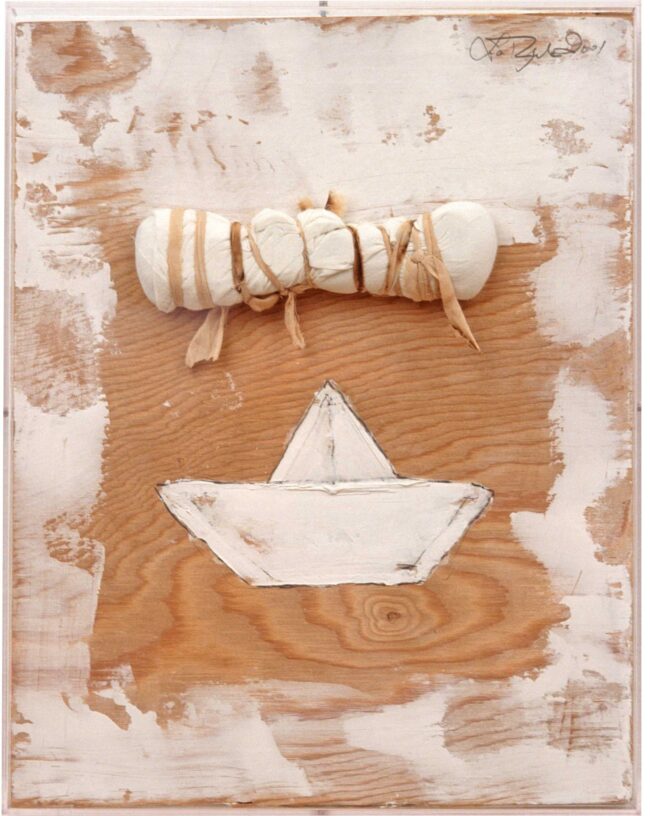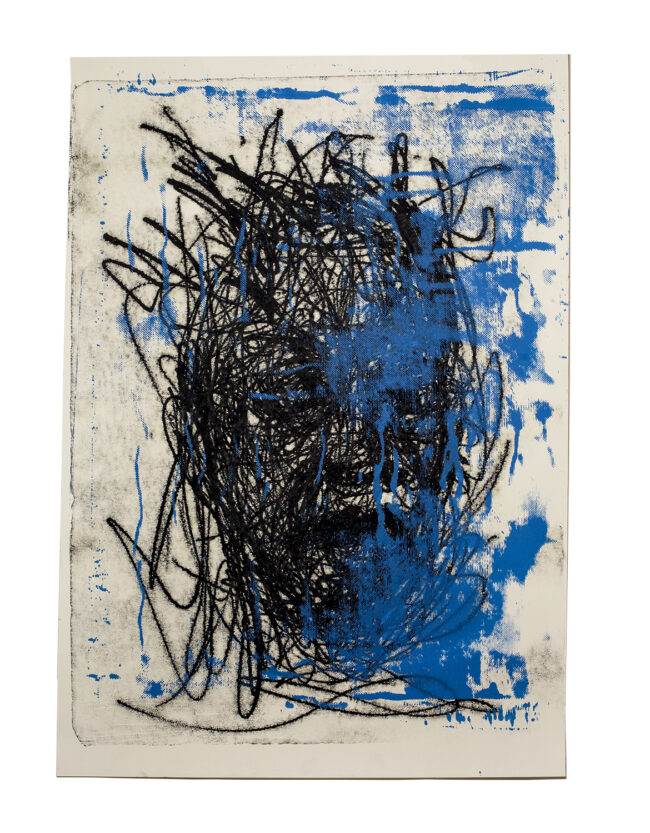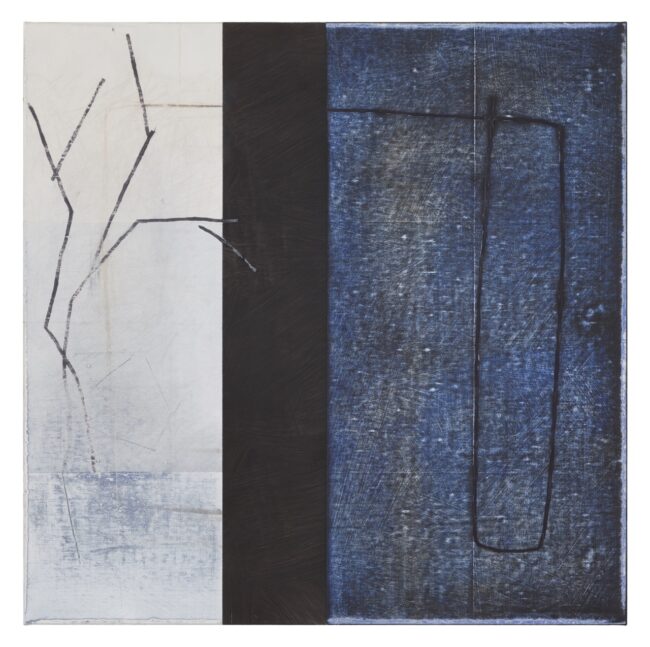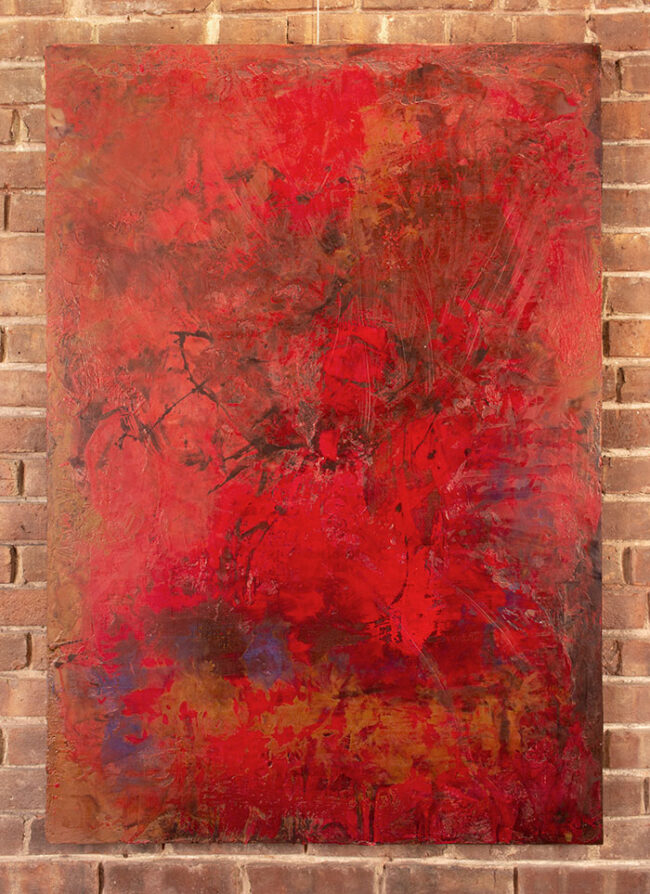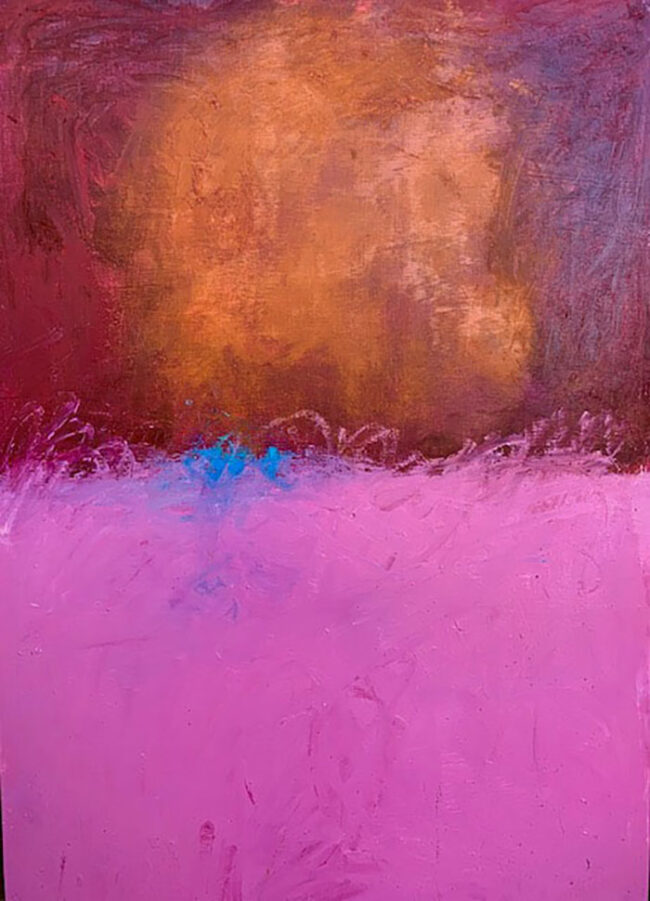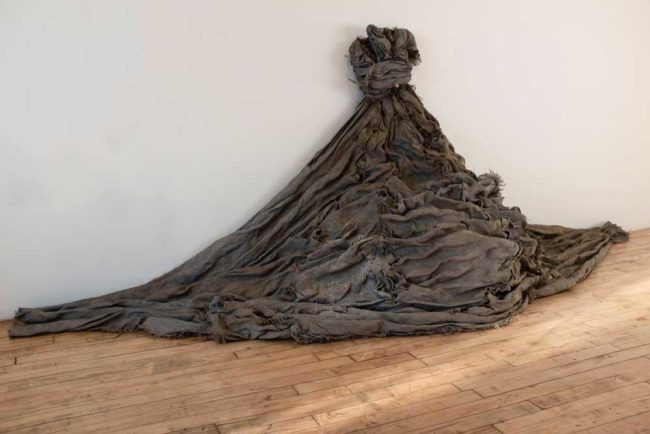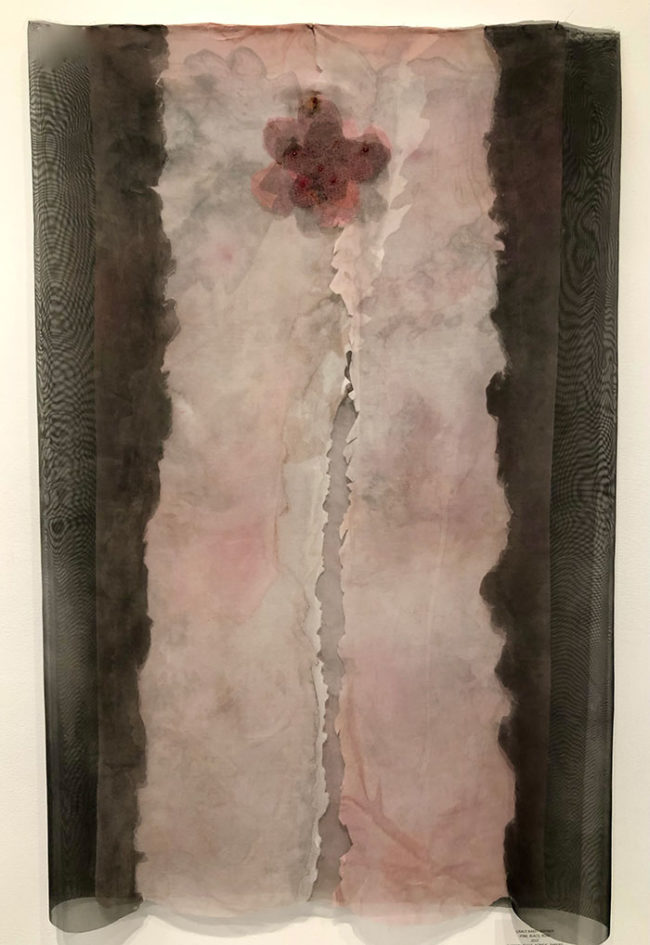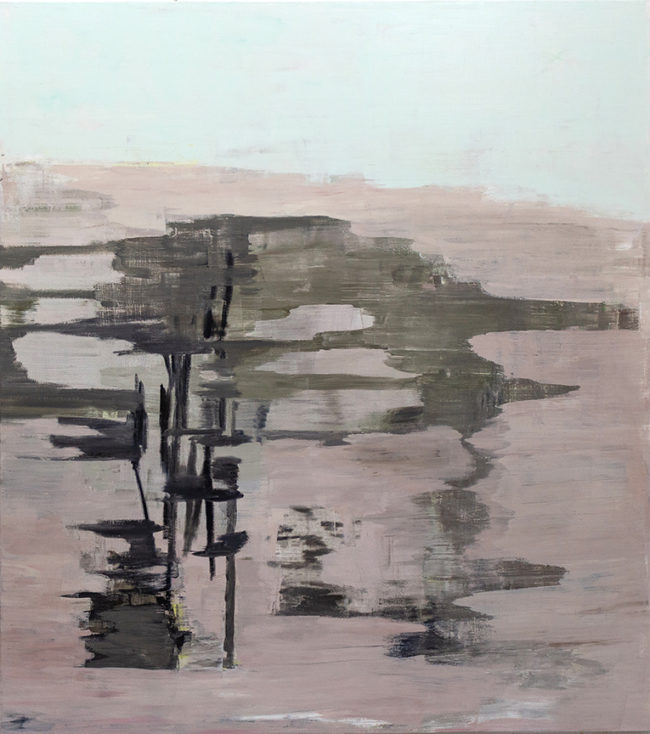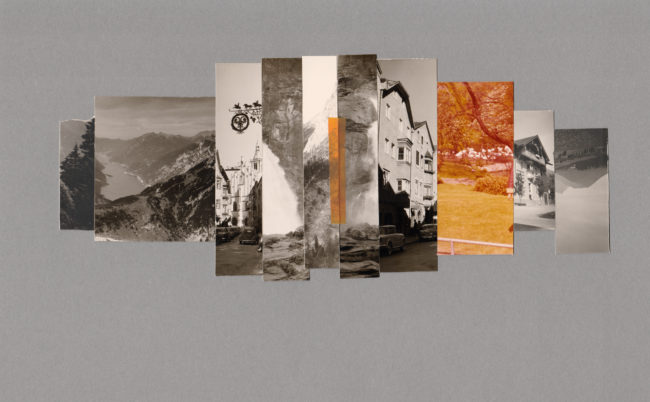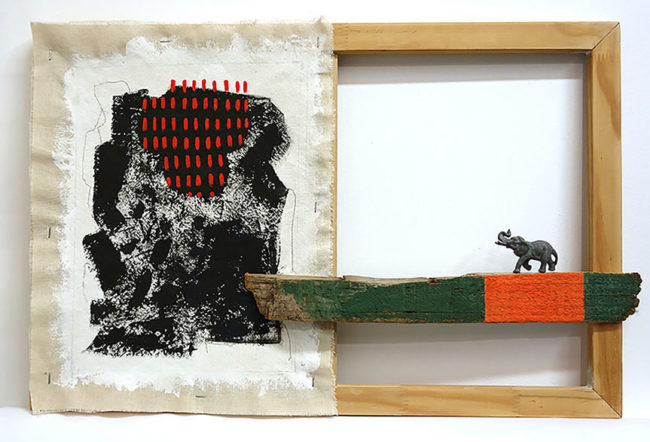Abidemi Olowonira
My works are engaged in a dialectic discourse, which finds grounding in transcultural dynamics, a notion that enables me to frolic in the nerves of globalism, as both migrant and human, while using my works as a platform to narrate my story within a larger story. Growing up in Lagos, Nigeria, with its rich history of sculptures and contemporary regenerative arts, I was able to get my first art lessons in my grandma’s tie and dye workshop. The experiences I have absorbed in my travels have also impressed upon me not only a wide range of sensibilities but a trove of material to use when conveying my artistic vision: living in Texas, I was exposed to leather as a medium of expression while working as a gun-holster designer. Then, during my travels, I was exposed to both Chinese and Arabic calligraphy in the two and a half years I spent in Central Asia and the Middle East. Ultimately, my goal is to explore the concept of storytelling through the nuances of modernity while exploiting space, shapes, and voids, and enhancing these elements with the luminosity of light, to create a metaphors around the human experiences. I intend to continue using leather, a pliable and durable material, to promulgate—however subtle that might be—a version of a modernist concept. My intention is to layer and infuse this concept with my multidimensional outlook.

